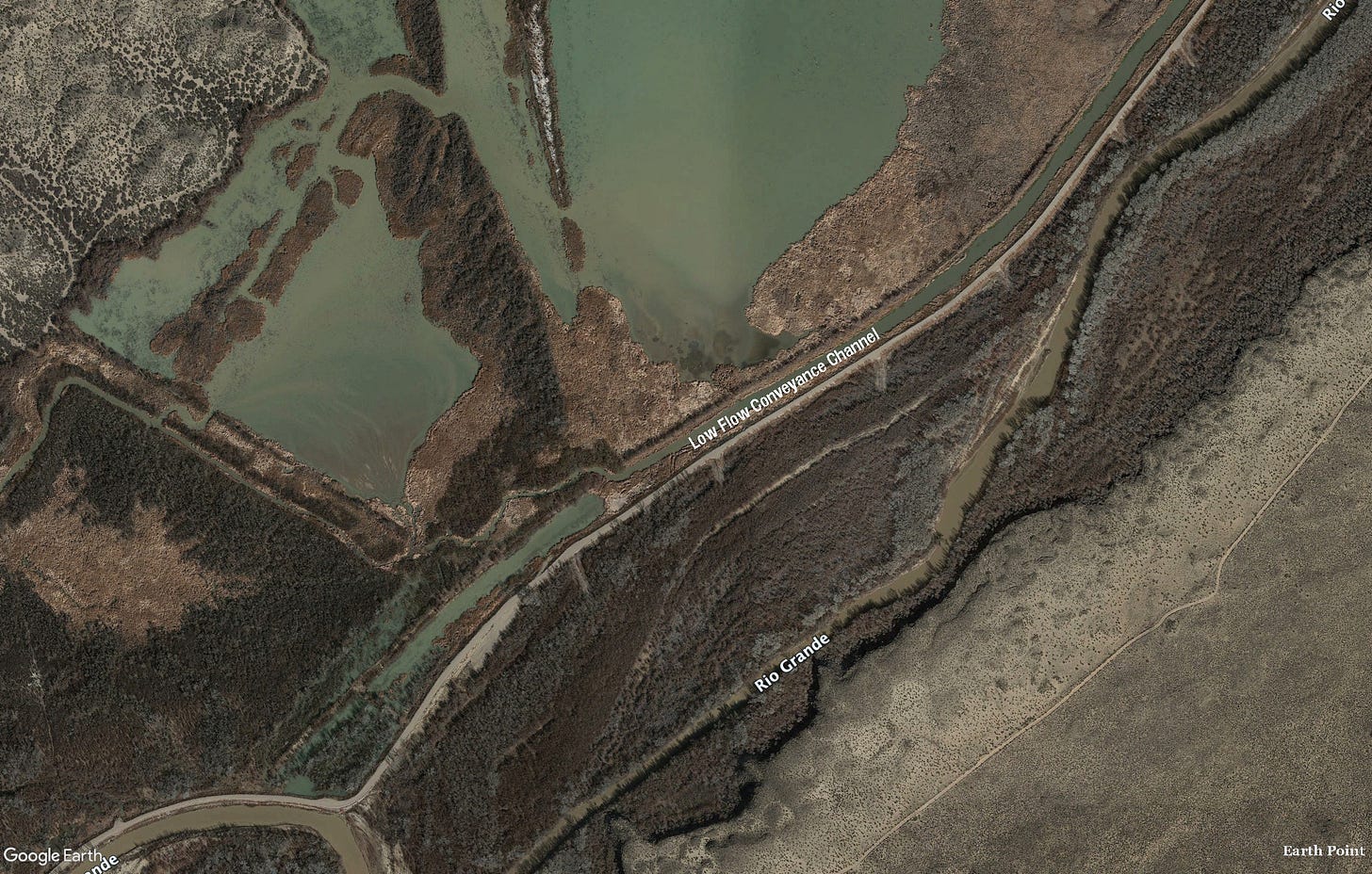Can we engineer our way out of drought?
The Low Flow Conveyance Channel suggests the answer is "no."

A few months ago a reader and Western water expert clued me in on recent developments related to the Low Flow Conveyance Channel. Had she told me this in person I probably would have blushed and fumble…


